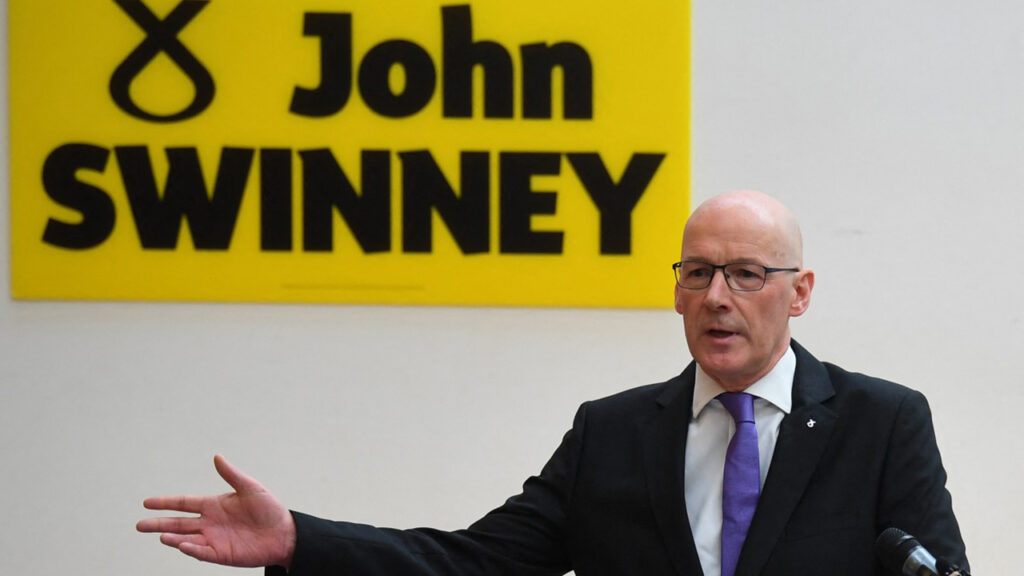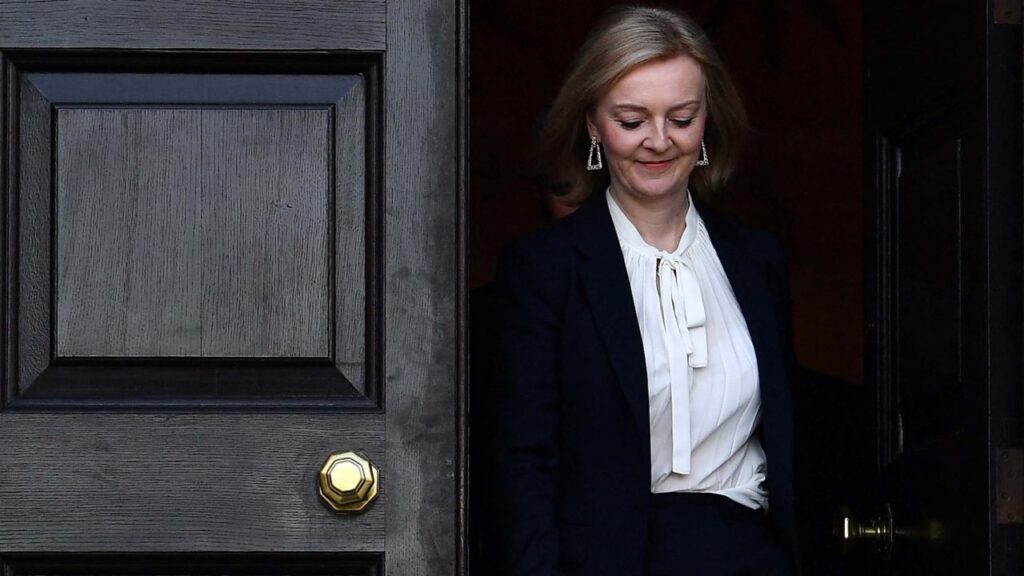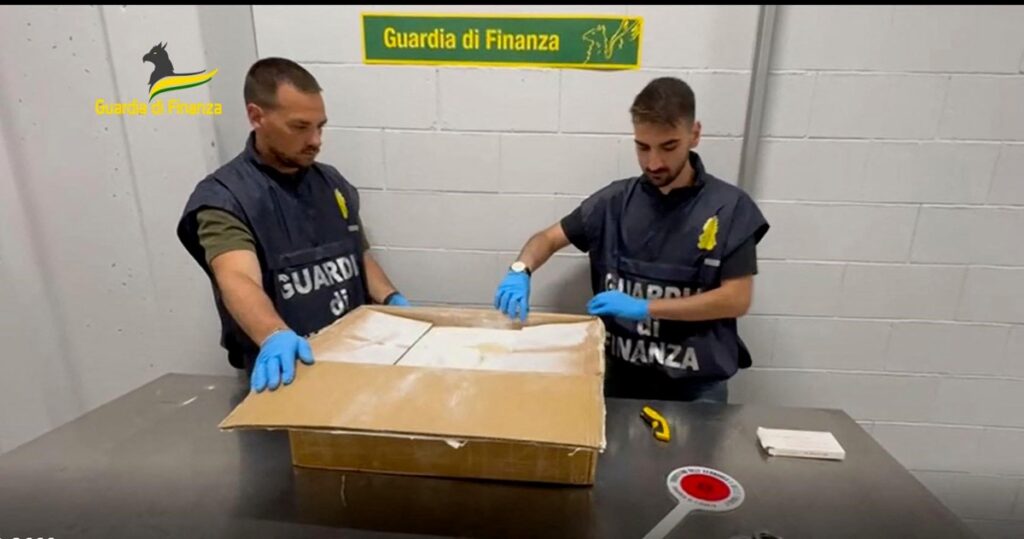
The UK government announced a major compensation package on Tuesday for people affected by a contaminated blood scandal and the families of those who died.
Here are the main findings of the judge-led public inquiry into the decades-long affair.
– High-risk –
— Health officials allowed the import of blood products from abroad, despite knowing it could include blood from high-risk donors such as prisoners and drug addicts.
— Central to the scandal was the treatment of haemophiliacs using a specific type of factor concentrate (clotting factor proteins obtained from donor plasma) called Factor VIII.
Factor VIII was created by pooling blood plasma from thousands of donors, but health officials failed to take into account that just one contaminated sample could infect an entire batch.
— Blood products were not heat-treated to eliminate HIV until 1985, even though the risks were known in 1982.
— Testing to reduce the risk of hepatitis from the 1970s onwards was inadequate.
— A “culture of paternalism” in the state-run National Health Service (NHS) meant that patients were not told about the risks of their treatment and the possibility they would be exposed to infections.
— Children were used as “objects for research” at a specialist school where boys were treated at an on-site NHS centre for haemophilia.
Many pupils were treated with plasma blood products which were infected with hepatitis and HIV, and later died from those conditions.
– Cover up –
— The scandal was “not an accident”, inquiry chair judge Brian Langstaff concluded when he published his long-awaited report on Monday.
“The infections happened because those in authority — doctors, the blood services and successive governments — did not put patient safety first.”
— Institutions and politicians displayed a lack of openness, accountability and even “downright deception”, which included destroying documents.
“Sometimes the truth was hidden by a treating clinician,” the report said.
“Sometimes it was hidden by an organisation. Sometimes it was hidden by the civil service.
“Sometimes it was hidden by (and sometimes from) politicians,” it added.
— The NHS and successive governments led by both the main Conservative and Labour parties “refused to accept that wrong had been done”, said Langstaff.
– Criticism –
Governments insisted that patients had received the best treatment available at the time and that blood screening was implemented at the earliest possible occasion. The report refuted both claims.
— Former prime ministers Margaret Thatcher, John Major and Tony Blair as well as former health minister Ken Clarke, who is now a lawmaker in the House of Lords, were criticised for not dong more to prevent or expose the scandal.
— Clarke insisted in 1983 that there was “no conclusive proof” that HIV could be spread through blood, despite the health department believing it was likely.
— The government of current Prime Minister Rishi Sunak added to the suffering of the victims by the “sluggish pace” and lack of transparency on compensation, the inquiry said.











